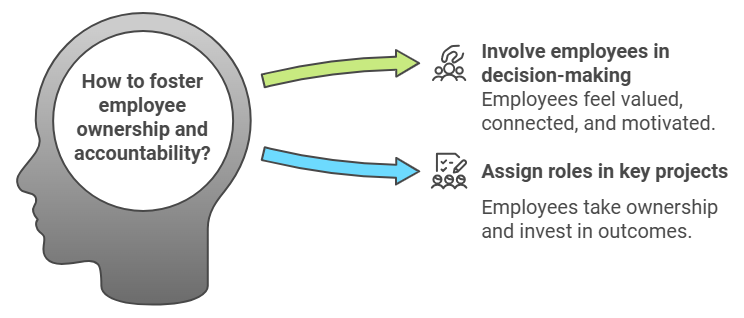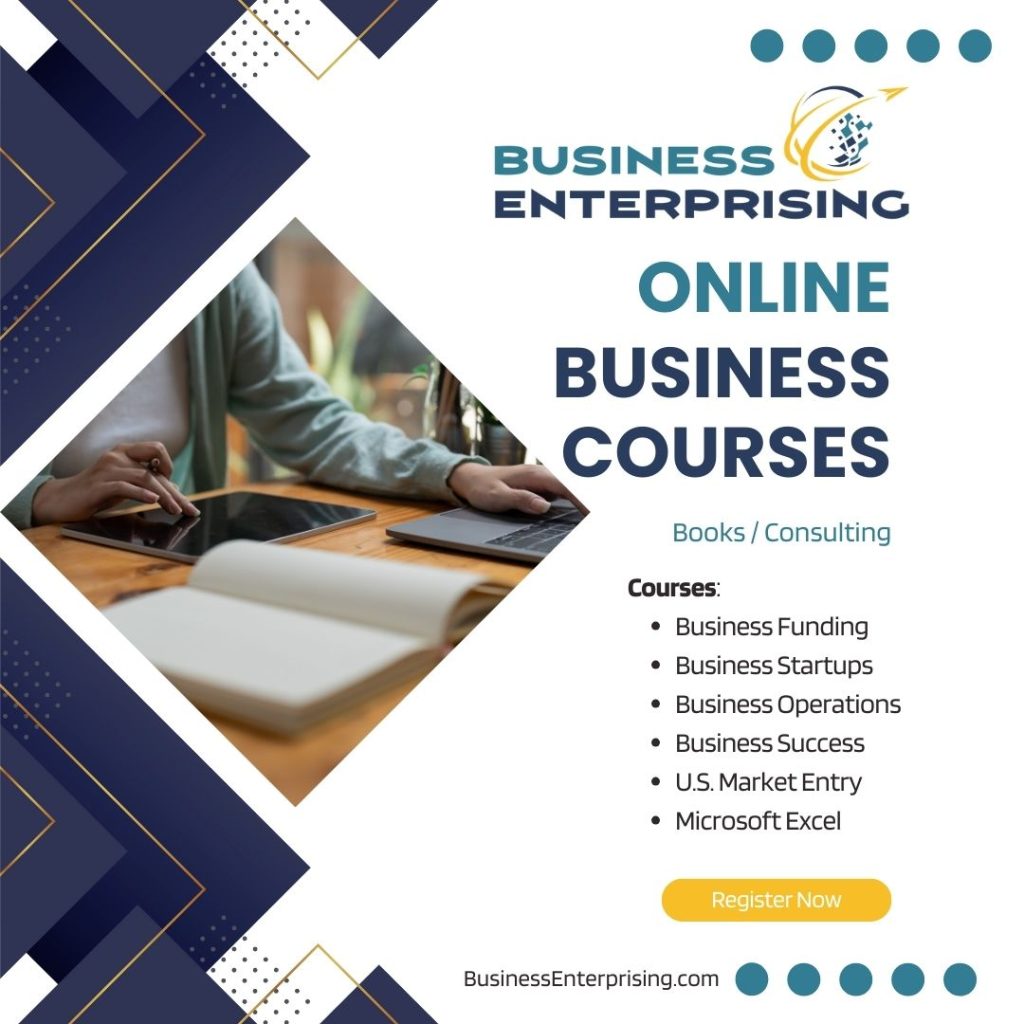
Employee buy-in doesn’t just enhance daily operations; it drives successful change across the organization. By involving employees in decision-making, you empower them to take ownership of their roles. As you implement these employee buy-in strategies, you’ll notice improved team motivation and stronger organizational commitment.
Understanding the Importance of Employee Buy-In
Understanding the importance of employee buy-in is essential for any successful business. When employees feel aligned with company goals, they become more motivated and engaged. This support significantly impacts morale, as employees feel valued and involved. Higher morale often leads to increased productivity, as team members are more willing to put forth effort toward shared objectives. Employee buy-in strategies help create this supportive environment.
Moreover, when employees buy into a new project or initiative, change implementation becomes much smoother. Without buy-in, changes can meet resistance, slowing progress and frustrating leadership. Supportive employees, on the other hand, can become advocates, helping others adapt to new processes. They may also contribute valuable insights, leading to better outcomes and minimizing potential issues.
By investing in employee buy-in strategies, you encourage a culture of cooperation and dedication. Such a culture not only supports immediate goals but also builds a foundation for long-term growth. Engaged employees are more likely to stay, reducing turnover and creating a stronger team.
Communicating Vision and Purpose Effectively
Communicating vision and purpose effectively is essential for fostering a motivated and unified team. When employees clearly understand your company’s goals and values, they are more likely to connect with the mission. Start by outlining the broader purpose of new initiatives. Explain how these changes align with the company’s long-term goals and why they matter. Connecting everyday tasks to a larger purpose helps employees see the value of their work.
To make this communication successful, tailor your message to align with what motivates your employees. Share how each initiative impacts their work, professional growth, or the company culture. Using relatable language and examples can make complex goals more accessible and meaningful. Open communication channels like meetings, Q&A sessions, or feedback forums provide employees with the opportunity to ask questions and clarify their understanding. This openness can help deepen their connection to the company’s vision.
As part of your employee buy-in strategies, maintain consistency in your messaging. Reinforce your vision and purpose regularly in team meetings, newsletters, and performance discussions. Repeatedly highlighting the company’s goals and values helps create a shared sense of purpose. By focusing on clear communication, you empower employees to support new initiatives confidently, knowing how their work aligns with the bigger picture.
Involving Employees in the Decision-Making Process
Involving employees in the decision-making process is an effective way to foster ownership and accountability. When you include employees in planning stages, they feel more valued and connected to the outcome. This sense of involvement can boost motivation and encourage active participation. As part of your employee buy-in strategies, create opportunities for team members to share their ideas and insights. Group discussions, brainstorming sessions, and surveys allow employees to contribute their perspectives, which can enhance the quality of decisions made.
Another approach is to assign roles within key projects, giving employees more hands-on responsibility. When employees are trusted to lead or coordinate specific parts of a project, they are more likely to invest in the outcome. Moreover, inviting feedback throughout the process creates a two-way dialogue that can lead to stronger, more informed decisions. This ongoing interaction helps employees feel heard and encourages them to take pride in the results.
Employee buy-in strategies that emphasize decision-making involvement not only strengthen commitment but also create a culture of shared responsibility. Engaged employees are more inclined to uphold decisions they helped shape, driving accountability at every level. By empowering employees in this way, you support a collaborative and motivated team, leading to better outcomes and a more positive work environment.
Building Trust Through Transparency
Building trust through transparency is crucial for fostering employee commitment. Open communication lets employees feel informed and valued, especially during times of change. By sharing relevant updates, decisions, and future goals, you help employees understand the reasoning behind company moves. When employees see the purpose and thought process, they feel a stronger connection and are more likely to engage positively with new initiatives.
Transparency also plays a vital role in effective employee buy-in strategies. When you communicate openly about challenges and successes, it builds a culture of honesty and respect. Sharing both positive developments and setbacks signals to employees that they are trusted to handle the truth. This openness helps dispel uncertainty and can prevent misunderstandings or rumors from affecting morale. Employees who feel trusted and respected are more likely to invest their energy and effort in helping the company succeed.
Moreover, transparency strengthens long-term commitment. When employees believe in the company’s honesty, they become more loyal and motivated. They are more inclined to offer constructive feedback and innovative solutions because they know their input matters. By establishing trust through consistent, open communication, you foster a more committed, engaged workforce ready to support the company’s vision and growth.
Providing Training and Resources for Success
Providing training and resources is essential for effective employee buy-in strategies. When you equip employees with the right tools and knowledge, they feel prepared and confident. Training helps them understand new processes, easing the transition and reducing the uncertainty that often accompanies change. This proactive approach boosts their confidence in their ability to contribute to new initiatives.
Additionally, offering ongoing support and resources encourages employees to engage more deeply with new projects. When employees know they have access to guidance, whether through workshops, manuals, or digital resources, they are more likely to embrace new responsibilities. This access to training empowers them, showing that you are invested in their success. Providing such resources is a concrete way to demonstrate that their role is valued and critical to the project’s success.
Moreover, tailored training can enhance employees’ commitment to company goals. When they see that their development is prioritized, they are more inclined to support company objectives fully. As part of employee buy-in strategies, continuous learning opportunities align individual growth with company progress, fostering a unified, motivated workforce that feels equipped to take on challenges confidently.
Recognizing and Rewarding Contributions
Recognizing and rewarding employee contributions is a powerful way to foster commitment and reinforce the impact of their efforts. Acknowledging hard work publicly or privately lets employees know their efforts are valued, which can lead to increased motivation and engagement. Simple actions like a personalized thank-you note or a quick mention in a team meeting can go a long way in making employees feel appreciated.
Incorporating rewards into your employee buy-in strategies can also enhance support for company goals. Providing meaningful rewards, such as bonuses, extra time off, or professional development opportunities, motivates employees to continue delivering high-quality work. These gestures show that you value their contributions and are willing to invest in their growth. When employees see their efforts recognized in tangible ways, they are more likely to remain committed to the organization’s objectives.
In addition, consistent recognition builds a culture of positivity and accountability. When employees are rewarded for their efforts, they feel encouraged to keep pushing forward and supporting new initiatives. Acknowledging contributions not only boosts morale but also reinforces desired behaviors across the team.
Conclusion
Developing effective employee buy-in strategies is essential for any successful business initiative. By engaging employees, you create a supportive and motivated team that values its role. Clear communication of goals, involving employees in decision-making, and offering transparent leadership strengthen employee trust and commitment.
Equipping your team with the right resources and recognizing their contributions further encourages ongoing engagement. As you implement these employee buy-in strategies, you foster a positive workplace where employees feel valued and invested in the organization’s success. A committed team helps you navigate challenges and drives consistent progress toward your business goals.


